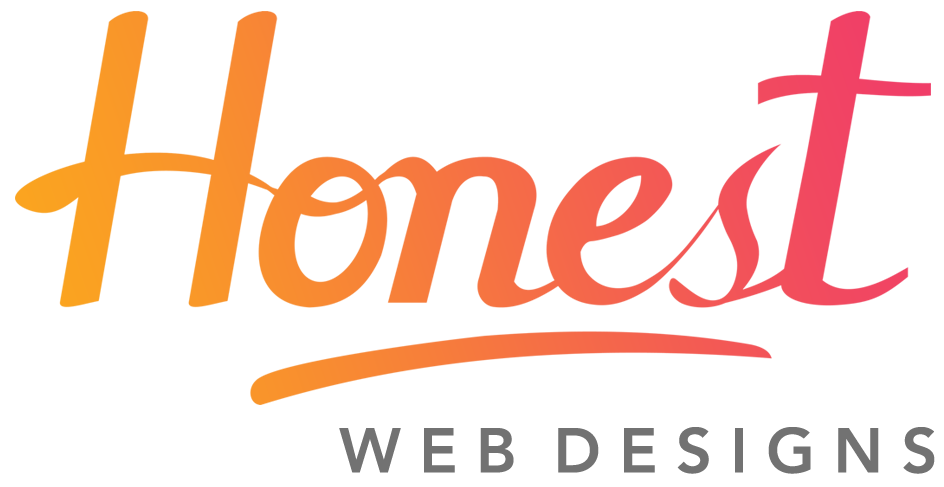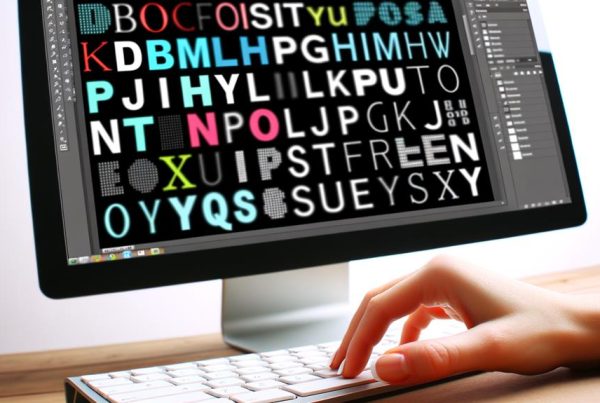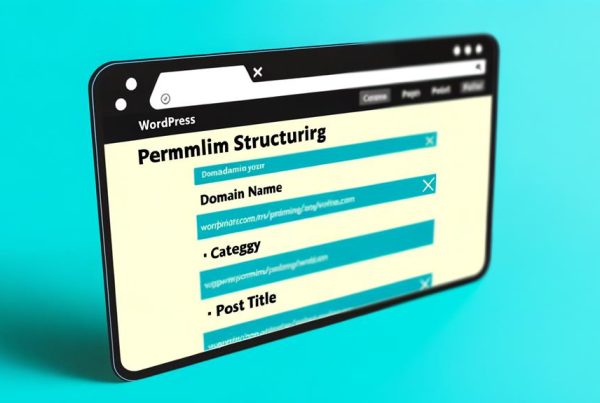Welcome to our in-depth exploration of WordPress favicons, where we'll peel back the layers to uncover their importance and impact on your website.
With each click and tap, your favicon acts as a silent ambassador, representing your brand in a sea of online content. But there's more to it than meets the eye.
As we navigate through this guide, we'll unravel the intricate web of favicon size, placement, and the pivotal role they play in brand recognition.
Stick with us as we unlock the secrets to mastering the art of WordPress favicons and enhancing your online presence.
Understanding WordPress Favicons
In understanding WordPress favicons, we explore the essential role these small yet impactful icons play in brand recognition and user experience across web and mobile platforms.
Favicons, often synonymous with brand logos, are vital visual elements that enhance brand recognition and user confidence. Their strategic placement in browser tabs and mobile applications ensures seamless brand consistency and easy identification.
The choice of favicon design is crucial as it directly reflects the brand and influences consumer perception. With a typical size of 512 x 512 pixels, favicons should embody simplicity, recognizeability, and thematic consistency, contributing to a professional and credible brand image.
WordPress Favicon Size and Placement
WordPress favicons should be carefully designed and strategically placed to ensure seamless brand consistency and easy identification across web and mobile platforms. When it comes to favicon size, the typical dimensions for a WordPress favicon are 512 x 512 pixels. This ensures that the favicon looks sharp and clear across different devices. Additionally, the placement of the favicon is crucial for easy recognition. It appears in browser tabs and just under the address bar on mobile devices, making it a prominent feature. Here's a helpful table to understand the recommended dimensions and placement of WordPress favicons:
| Aspect | Recommendation |
|---|---|
| Size | 512 x 512 pixels |
| Format | .ico file in root directory |
| Placement | Browser tabs, mobile address bar |
Importance of Favicons
The visual impact of favicons on a brand's identity and user experience can't be overstated. When it comes to the importance of favicons, there are several key factors to consider:
- Favicons are the visual currency of a brand, playing a crucial role in brand recognition and consumer confidence.
- Effective favicon design and deployment contribute to improved brand legitimacy and professionalism, especially in crowded browser tabs.
- Favicons ensure integrated mobile consistency, making it easier for users to recognize and connect with the brand across different devices.
Favicons aren't just small icons – they're powerful tools that can significantly enhance a brand's online presence and user engagement.
Benefits of Favicons
As we explore the topic of 'Benefits of Favicons', it becomes evident that these small icons play a pivotal role in enhancing brand recognition and bolstering consumer confidence in our products and services.
Favicons, when designed effectively, offer numerous advantages. They need to be simple, recognizable, and consistent, making it easier for users to connect the site with the icon image. Moreover, they can be utilized by other websites in blog posts, creating valuable associations and link-building opportunities.
In crowded tabs, the favicon becomes the only visible element, highlighting the importance of consistency and brand recognition. Familiarity with favicons improves brand legitimacy and professionalism, ultimately contributing to boosting consumer confidence.
Additionally, they ensure brand consistency on mobile devices, enhancing the overall user experience across different platforms.
Guidelines for Creating Favicons
When creating favicons, it's crucial to prioritize simplicity and recognition to ensure effective brand representation and user engagement. To achieve this, consider the following guidelines:
- Keep it simple: Opt for a design that's easily recognizable, even at smaller sizes.
- Prioritize recognition: Ensure that the favicon resembles the brand's logo or incorporates key elements from it.
- Limit colors: Choose transparency over background colors and limit the number of foreground colors to maintain clarity and impact.
Following these guidelines will help create a favicon that effectively represents your brand and engages users across different devices.
Enabling Favicons on WordPress
To enable favicons on WordPress, users have three options:
- Using the Site Icon feature: This feature allows for easy favicon setup directly within the WordPress dashboard.
- Installing a favicon plugin: Users can also opt for a favicon plugin, which offers additional customization and management options.
- Manually uploading the favicon to the WordPress theme folder: Alternatively, manually uploading the favicon to the WordPress theme folder provides complete control over the favicon file.
Each method offers flexibility and ease of use, allowing users to seamlessly integrate favicons into their WordPress websites.
Best Practices for Favicon Consistency
Enabling favicons on WordPress offers the opportunity to maintain brand consistency and recognition. One essential aspect of this is adhering to best practices for favicon consistency.
- Keep it simple: A simple favicon ensures easy recognition and consistency across browsing platforms.
- Reflect the brand: The favicon should resemble the brand's logo or incorporate elements from it to maintain brand identity.
- Avoid frequent changes: Consistency is key, so refrain from changing the favicon frequently to ensure brand recognition and familiarity.
Following these best practices will help ensure that your favicon remains consistent across different platforms, leading to improved brand recognition and a seamless user experience.
Frequently Asked Questions
What Are Some Common Mistakes to Avoid When Creating a Favicon for a WordPress Site?
When creating a favicon for a WordPress site, it's crucial to avoid common mistakes. These include using a complex logo, choosing too many foreground colors, frequent favicon changes, and neglecting to enable favicons on the site.
To ensure a successful favicon, it's important to keep it simple, consistent, and recognizable. It should resemble the brand's logo or incorporate its elements.
Transparency is preferred over background colors, as it allows the favicon to blend seamlessly with different browser themes.
Enabling favicons on a WordPress site can be done through the Site Icon feature, a plugin, or manual upload. It's important to make sure that the favicon is properly enabled to ensure it appears correctly on all browsers and devices.
Are There Any Legal Considerations to Keep in Mind When Using a Logo as a Favicon?
When using a logo as a favicon, it's crucial to consider legal implications. Ensure that you have the proper rights to use the logo in this manner. Obtaining permission from the logo's owner or ensuring that the logo isn't trademarked or copyrighted is vital.
How Can I Test if My Favicon Looks Good on Different Browsers and Devices?
To test if your favicon looks good on different browsers and devices, we can use online favicon testing tools like RealFaviconGenerator or Favicomatic.
Simply upload your favicon, and these tools will generate previews across various browsers and devices.
This allows for quick and easy evaluation of how your favicon appears, ensuring it looks sharp and recognizable across different platforms.
Can a Favicon Affect the Site's Loading Speed?
Yes, a favicon can affect the site's loading speed. When a favicon isn't optimized, it can add unnecessary load to the website, impacting performance.
Optimizing the favicon file size and format, such as using .ico format and ensuring it's correctly cached, can help minimize its impact on loading speed.
It's essential to prioritize performance when choosing and implementing a favicon to maintain a seamless user experience.
Are There Any Specific Design Tools or Software Recommended for Creating Favicons for WordPress Sites?
There are specific design tools and software recommended for creating favicons for WordPress sites. We suggest using graphic design software like Adobe Photoshop or Illustrator, as they offer advanced features for creating and editing favicon images.
Online tools like Favicon.io and Canva also provide user-friendly interfaces for designing favicons. These tools allow for easy customization and optimization of the favicon to ensure a professional and visually appealing result.
Conclusion
In conclusion, mastering the art of WordPress favicons is essential for enhancing brand recognition and user experience.
By understanding the significance, size, and placement of favicons, as well as the benefits and practical guidelines for creating and enabling them, you can strengthen your brand identity and improve user engagement.
Remember to follow best practices for favicon consistency to ensure a cohesive and professional online presence.
Now, go forth and make your mark with impactful favicons on your WordPress site!






